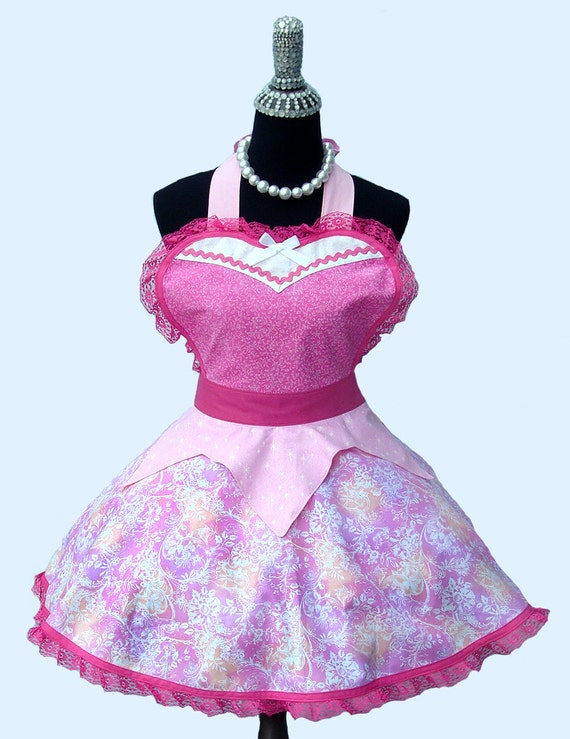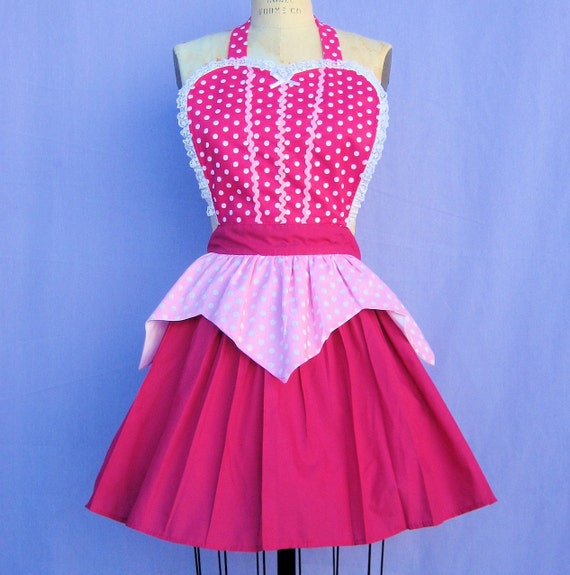
While my poor black bra top sits in the development hell of my indecision, I got inspired to work on something else. Namely, an awesome hip scarf that my belly dance instructor wears (one of many awesome hip scarfs and belts, I must say). It was made by another longtime dancer in the studio, but it looks just like this one on Etsy:
 |
| Seller dreamingamelia has several of this, but I love this one's color. |
I had some leftover royal blue jersey from an infinity dress I made a few years ago*, and I thought this would be a good opportunity to use it. Plus, it gave me something to do that didn't strain the repetitive motion injury I gave my wrist with all that crocheting last month! (Wrist braces are my friends.)
*Two notes: One, you do need a good amount of fabric for this, probably at least 2 yards, but I didn't measure how much I used here. Two, infinity dresses do not look good on me. Nope nope nope.
So anyway, I started off by getting a basis for the scarf itself. I used my red pirate hip scarf as a template, pinning it to the jersey and rolling the excess up so that I could get the shape I wanted. Unfortunately, I (again) forgot to take pictures of this bit. Basically, you just want a slightly curved top edge, and a really wide, upside-down bell curve for the bottom edge. Make the ends extend for the ties, unless you want them to be of another fabric entirely. Also, to help you get a good length, measure from the base of your back to however low you want the hip scarf to go (I advise the lower edge of your butt), but don't forget to leave yourself space for seam allowances.
 |
| I did not measure my butt length (that sounds weird), so I ended up having to trim this down a bit as I went. |
Now, sew up the bottom seam, all the way, from tie-end to tie-end. Note, if you haven't sewn with jersey before, it can be a little nit-picky. You need a ballpoint needle to keep from micro-tearing the fabric, and the fabric likes to bunch or overstretch depending on your tension. For my machine, without messing with bobbin tension, the fabric sewed best on a very small zig-zag stitch on medium-low tension.
Once you've sewn the seam, hold the top seam and place the scarf around your hips (you can even tie it on) the way you would wear it. Use this to check the scarf length and shape. Make any adjustments you need to now--it's much harder (if not impossible) to make certain changes later. If everything's good for size and shape, put the scarf on again, and mark how far you want the petals to reach in the front.
 |
| My pins were a few inches from the tie, right in front of my hips. |
 |
| Feel free to make multiple folds in your fabric so that you can cut 3-4 squares at once! |
Now that you have all of the squares cut, lay the scarf flat, fold in half, and mark the bottom center.
This new pin will mark our starting spot for the next step: sewing the squares (petals) to the scarf.
Technically, you don't have to start in the center, but it helps keep things even. Unfold the scarf so that the seam lies as flat as you can get it, right-side up. Try to make sure the seam allowances are facing the same direction all the way across--it won't mess anything up if they get a little wonky on the inside of the scarf, but it's nice to have them tidy.
 |
| The lighting here suddenly made my fabric look grey.... |
 |
| The angle of this shot makes it look incredible off center. Also, put the pin in parallel to the seam, not perpendicular like you see here. It will make it easier to keep things straight. |
 |
| I actually was able to use a small, straight stitch here just fine. |
Tada! Your first petal is done! I used back-stitching and tying ends to help make sure the stitching would hold up with all the dancing this will be going through.
Now repeat. A lot. Your petals will start piling up. Push them opposite the direction you're laying new petals down.
Lay each new square, folded in half (see below) about 1/2"-1" away from the tip of the previous petal.
Unfold the square and pin along the seam. I used the point of the pin to show where the tip of the previous petal was. This helped me see where to drop my needle, kept everything in a nice line, and kept my petals tightly spaced without overlapping. Feel free to have some overlap if you want a REALLY fluffy skirt, but you'll have to be careful sewing, and you may need a lot more squares depending on the overlap.
 |
| That crease at the pin's point is the sewn tip of the previous petal. |
Starting with the center, I did one side and then the other. This is actually really easy--it just takes a while. Feel free to try on your scarf as you go and see how it's looking!
Feel free to add more. Once you're done, though, you're finally ready to sew the top. Turn the scarf inside-out, and match up the edges. The petals and embellishments will make things a little awkwardly lumpy, but it'll be fine. Sew from one tie to a few inches from the center, then do the same on the other side. The center gap will let you turn the scarf right-side out again, and then you can slip-stitch it closed.
And we're done! The petals have some AMAZING movement during twists and shimmies.



















































